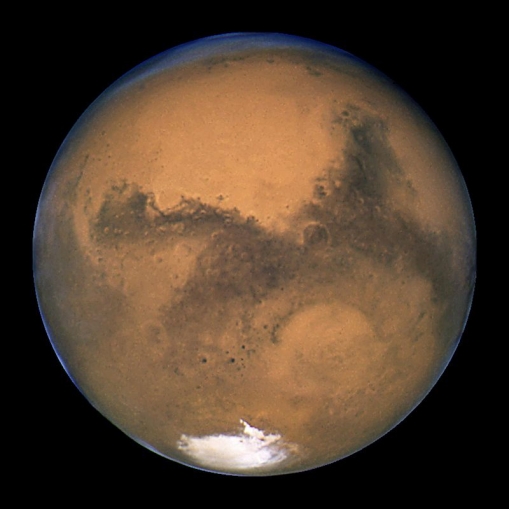Ancient Scottish Rocks Give Clue To Life On Mars
Ancient rocks from Scotland's Outer Hebrides also known as the Western Isles (Scottish Gaelic: Na h-Eileanan Siar) have been used by a team of scientists from Scotland, Canada and US in research to indicate the potential for the planet Mars to support life. Analysis of the rocks from Barra and the Uists suggests that tremors can generate hydrogen in the Earth’s crust. “Marsquakes” are known to occur on Mars and hydrogen could provide a life-sustaining energy source for simple microbes. The findings have been published in the journal Astrobiology.
Professor John Parnell, of the University of Aberdeen’s school of geosciences, said: “Earthquakes cause friction, and our analysis of ancient rock in the Outer Hebrides has demonstrated how this creates hydrogen.
“Hydrogen is a fuel for simple microbes, so microbes could live off hydrogen created in the Earth’s subsurface as a result of seismic activity. This is a model that could apply to any other rocky planet, and on Mars there are so-called ‘Marsquakes’ that may produce hydrogen and therefore could feed life in the Martian sub-surface.
“Our analysis finds that conservative estimates of current seismic activity on Mars predict hydrogen generation that would be useful to microbes, which adds strength to the possibility of suitable habitats that could support life in the Martian sub-surface.”
Mars, the second-smallest planet in the Solar System, is the fourth planet from the Sun and is approximately half the diameter of Earth. The American space agency Nasa plans to measure seismic activity on Mars during its 2018 InSight mission. The data from the current research will add to the findings gained from those measurements.

- Douglas MacQueen's blog
- Log in to post comments





